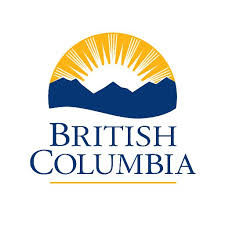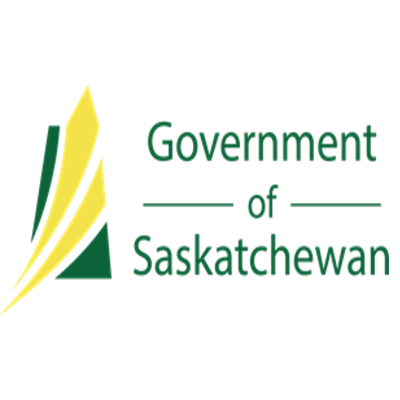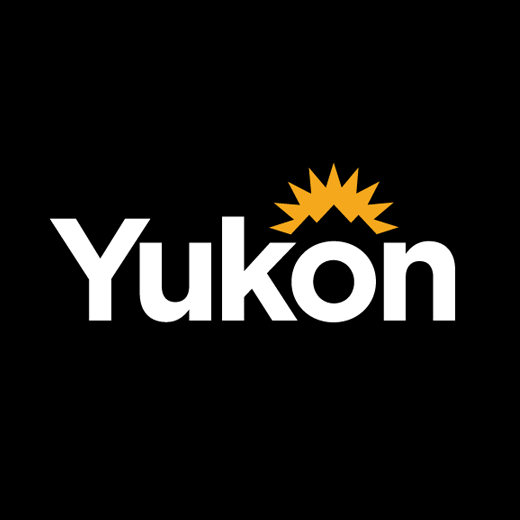planning
Type of resources
Topics
Keywords
Contact for the resource
Provided by
Years
Formats
Representation types
Update frequencies
status
Service types
Scale
-

Seed Planning Unit (SPU) geometry is comprised of Seed Planning Zone geometry delineated by elevation ranges. Each SEED_PLAN_UNIT_ID relates to a SEED_PLAN_ZONE for a specific tree species and minimum/maximum elevation in meters. Seed Planning Units only apply to Genetic Class A (orchard/parent tree). Some coastal species also have a latitude range. The geometry can be joined to the SEED_PLAN_UNIT table using SEEED_PLAN_UNIT_ID to determine the Seed Planning Zone, tree species and elevation range.
-

Seed Planning Zone (SPZ) geometry is comprised of geographic areas of the province that are characterized by common ecological and genetic attributes for a given forest tree species. SPZ's are used for seedlot registration, seed planning, seed transfer and seedlot selection for reforestation. The geometry can be joined to the SEED_PLAN_ZONE table using SEED_PLAN_ZONE_ID to determine if the SPZ is for Genetic Class B (natural stand) or Genetic Class A (orchard/parent tree) and tree species.
-
Created for distribution by the GeoYukon application as a comprehensive resource for all publicly available Land Planning information in the Government of Yukon. This data may be used directly by other applications to dynamically display Yukon data; however, it may be subject to change as data sets are updated or added.
-

Habitat Protection and management are the primary focus of the Fish and Wildlife Development fund. This data includes lands used for management of habitat within the Province. Saskatchewan Environment's Fish and Wildlife Development Fund Lands (FWDF) derived from ISC's (1:20,000) surface layer.As anglers, hunters and trappers in Saskatchewan, you recognize that healthy and diverse wildlife populations are an indication of a healthy ecosystem. Your responsible conservation ethic and love of nature are making positive and vital contributions to the management and preservation of wildlife and wildlife habitat. The revenue (30 per cent) from all fur, angling and hunting licences you purchase, is used to manage, preserve and enhance fish and wildlife habitat.The fund has identified three fish and wildlife management goals:-Maintain natural habitat through conservation, biodiversity, land management and awareness of rare species.-Maintain and grow sustainable fish populations and their habitat.-Maintain game populations and ensure accessible hunting.
-

This feature delineates enhanced vegetation, forest and cover attributes for the Whitehorse, Yukon area at a scale of 1:10,000. The field work for the inventory was carried out during the winter of 2004/2005 with the project delivered by the contractor in October 2005. Delineation was based on 1:10,000 black and white photography acquired by the City of Whitehorse in 2001. New mapping and DTM were available for this project based on that photography. Vegetation inventory polygons contain a variety of detailed information on, for example, the age and type of trees growing on the land base in the vicinity of Whitehorse. Distributed from [GeoYukon](https://yukon.ca/geoyukon) by the [Government of Yukon](https://yukon.ca/maps) . Discover more digital map data and interactive maps from Yukon's digital map data collection. For more information: [geomatics.help@yukon.ca](mailto:geomatics.help@yukon.ca)
-

This feature delineates forest and vegetation stands in the Yukon at a scale of 1:5,000. It is an operational level forest inventory (as opposed to a management level). This inventory has been completed in various stages, between 2013 and 2014, and delineation via softcopy from stereo images acquired in the years 2007 and 2012. The aerial images used for the Haines Junction region (Champagne and Aishihik Traditional Territory) had a ground sample distance (GSD) of 40 cm and were collected in both color and infrared. The aerial imagery in the southcentral Yukon were 1:40,000 black and white hard copy images, scanned at 60 microns or approximately 1m GSD. Distributed from [GeoYukon](https://yukon.ca/geoyukon) by the [Government of Yukon](https://yukon.ca/maps) . Discover more digital map data and interactive maps from Yukon's digital map data collection. For more information: [geomatics.help@yukon.ca](mailto:geomatics.help@yukon.ca)
-

This feature delineates forest and vegetation stands in the Yukon at a scale of 1:5,000. It is an operational level forest inventory (as opposed to a management level). This inventory has been completed in various stages, between 2013 and 2014, and delineation via softcopy from stereo images acquired in the years 2007 and 2012. The aerial images used for the Haines Junction region (Champagne and Aishihik Traditional Territory) had a ground sample distance (GSD) of 40 cm and were collected in both color and infrared. The aerial imagery in the southcentral Yukon were 1:40,000 black and white hard copy images, scanned at 60 microns or approximately 1m GSD. Distributed from [GeoYukon](https://yukon.ca/geoyukon) by the [Government of Yukon](https://yukon.ca/maps) . Discover more digital map data and interactive maps from Yukon's digital map data collection. For more information: [geomatics.help@yukon.ca](mailto:geomatics.help@yukon.ca)
-

This feature delineates forest and vegetation stands in the Yukon at a scale of 1:5,000. It is an operational level forest inventory (as opposed to a management level). This inventory has been completed in various stages, between 2013 and 2014, and delineation via softcopy from stereo images acquired in the years 2007 and 2012. The aerial images used for the Haines Junction region (Champagne and Aishihik Traditional Territory) had a ground sample distance (GSD) of 40 cm and were collected in both color and infrared. The aerial imagery in the southcentral Yukon were 1:40,000 black and white hard copy images, scanned at 60 microns or approximately 1m GSD. Distributed from [GeoYukon](https://yukon.ca/geoyukon) by the [Government of Yukon](https://yukon.ca/maps) . Discover more digital map data and interactive maps from Yukon's digital map data collection. For more information: [geomatics.help@yukon.ca](mailto:geomatics.help@yukon.ca)
-

This feature delineates forest and vegetation stands in the Yukon at a scale of 1:5,000. It is an operational level forest inventory (as opposed to a management level). This inventory has been completed in various stages, between 2013 and 2014, and delineation via softcopy from stereo images acquired in the years 2007 and 2012. The aerial images used for the Haines Junction region (Champagne and Aishihik Traditional Territory) had a ground sample distance (GSD) of 40 cm and were collected in both color and infrared. The aerial imagery in the southcentral Yukon were 1:40,000 black and white hard copy images, scanned at 60 microns or approximately 1m GSD. Distributed from [GeoYukon](https://yukon.ca/geoyukon) by the [Government of Yukon](https://yukon.ca/maps) . Discover more digital map data and interactive maps from Yukon's digital map data collection. For more information: [geomatics.help@yukon.ca](mailto:geomatics.help@yukon.ca)
-

This feature delineates forest and vegetation stands in the Yukon at a scale of 1: 40 ,000. It is a management level forest inventory (as opposed to a n operational level) - meaning that analysis and mapping are most effective close to the 1:40,000 scale and not larger . This inventory has been completed in various stages : delineation from hardcopy black and white photographs took place from 1987 to 2002; while recent data collection has proceeded through a digital (aka 'softcopy') methodology of scanned photographs and digital elevation models. Distributed from [GeoYukon](https://yukon.ca/geoyukon) by the [Government of Yukon](https://yukon.ca/maps) . Discover more digital map data and interactive maps from Yukon's digital map data collection. For more information: [geomatics.help@yukon.ca](mailto:geomatics.help@yukon.ca)
 Arctic SDI catalogue
Arctic SDI catalogue